Lets Uncover the Mystery!
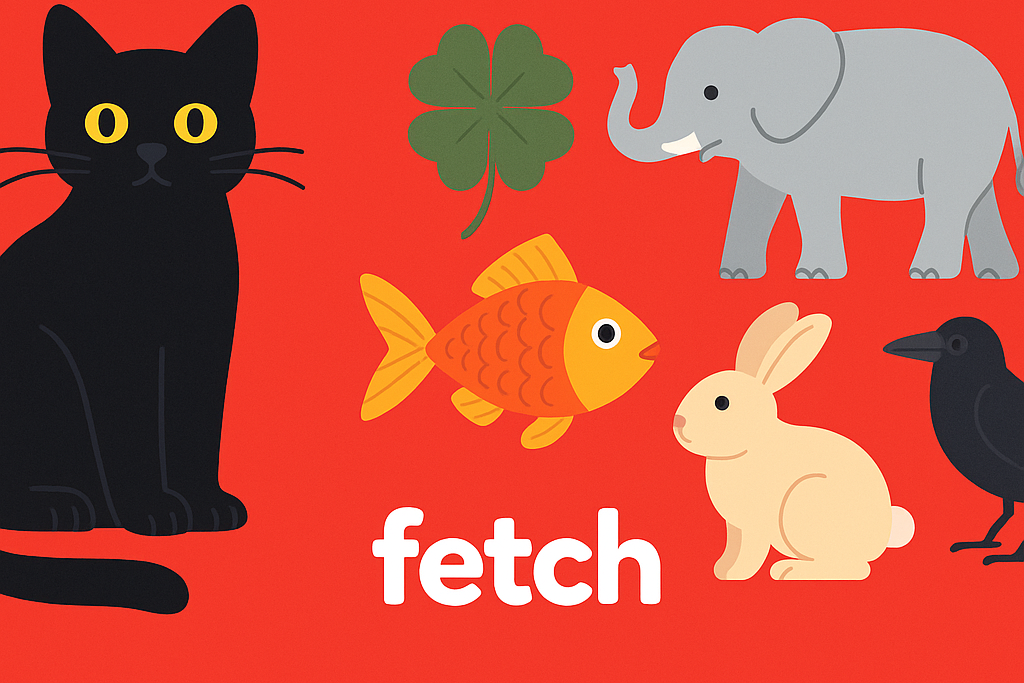
Some animals carry a heavy load of superstition, like the black cat that’s been dodging blame for centuries. But is there any truth to these tales? Whether they’re seen as omens of luck or signs to steer clear, these animals didn’t just earn their reputations by accident. Get ready to uncover the fascinating (and sometimes surprising) stories behind 10 animals and how they ended up on our good or bad side.
1. Black Cats – Unlucky (But Not Everywhere)
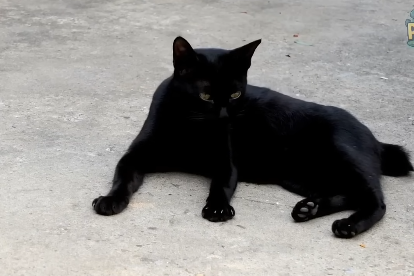
Black cats have long been tangled in superstition, especially in Western cultures where they’ve been tied to witchcraft and bad luck. In the Middle Ages, they were feared as companions of witches, a belief that stuck around. But in Japan and parts of the UK, they’re actually seen as bringers of good fortune. Their “unlucky” label depends entirely on geography and history, not fact. Turns out, these sleek felines are more misunderstood than cursed. Source: Johnson College of Technology
2. Elephants – Lucky
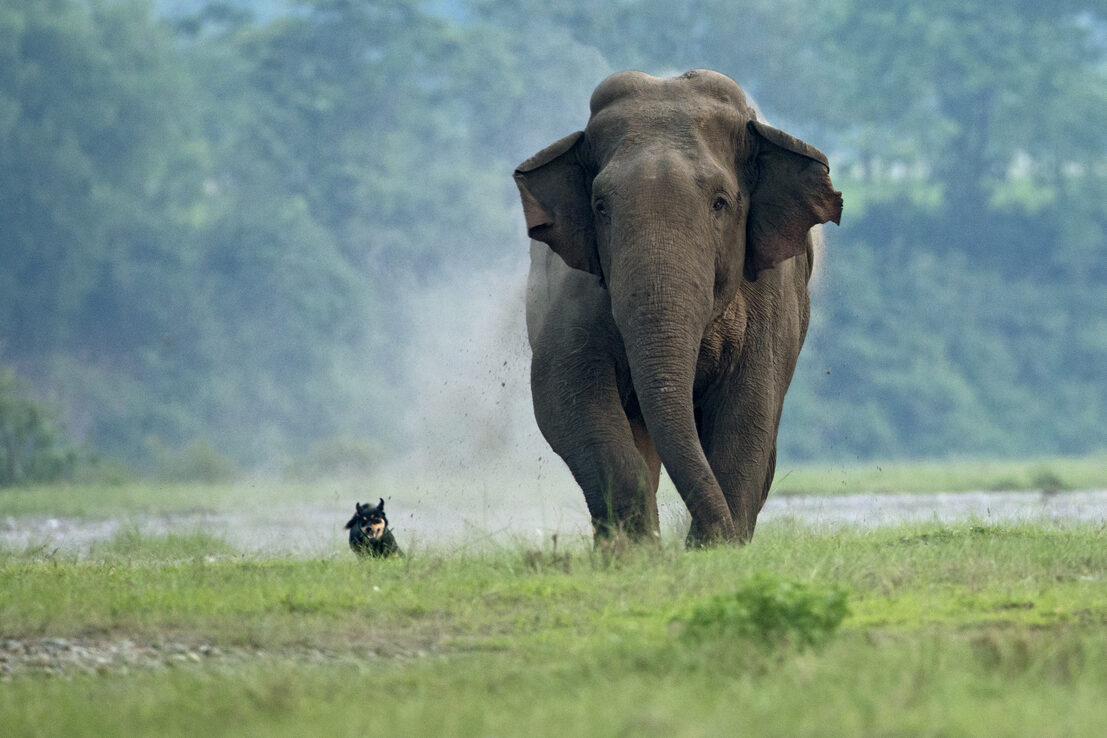
In many cultures, especially in Asia, elephants are walking symbols of luck, wisdom, and strength. It’s not just their size that makes them powerful. It’s the legends that follow them. In Hinduism, the elephant-headed god Ganesha is the remover of obstacles. Elephant statues with trunks up are often kept in homes for prosperity. Over time, these gentle giants became more than animals. They became spiritual icons of good fortune. Source: Smithsonian Institution
3. Owls – Unlucky
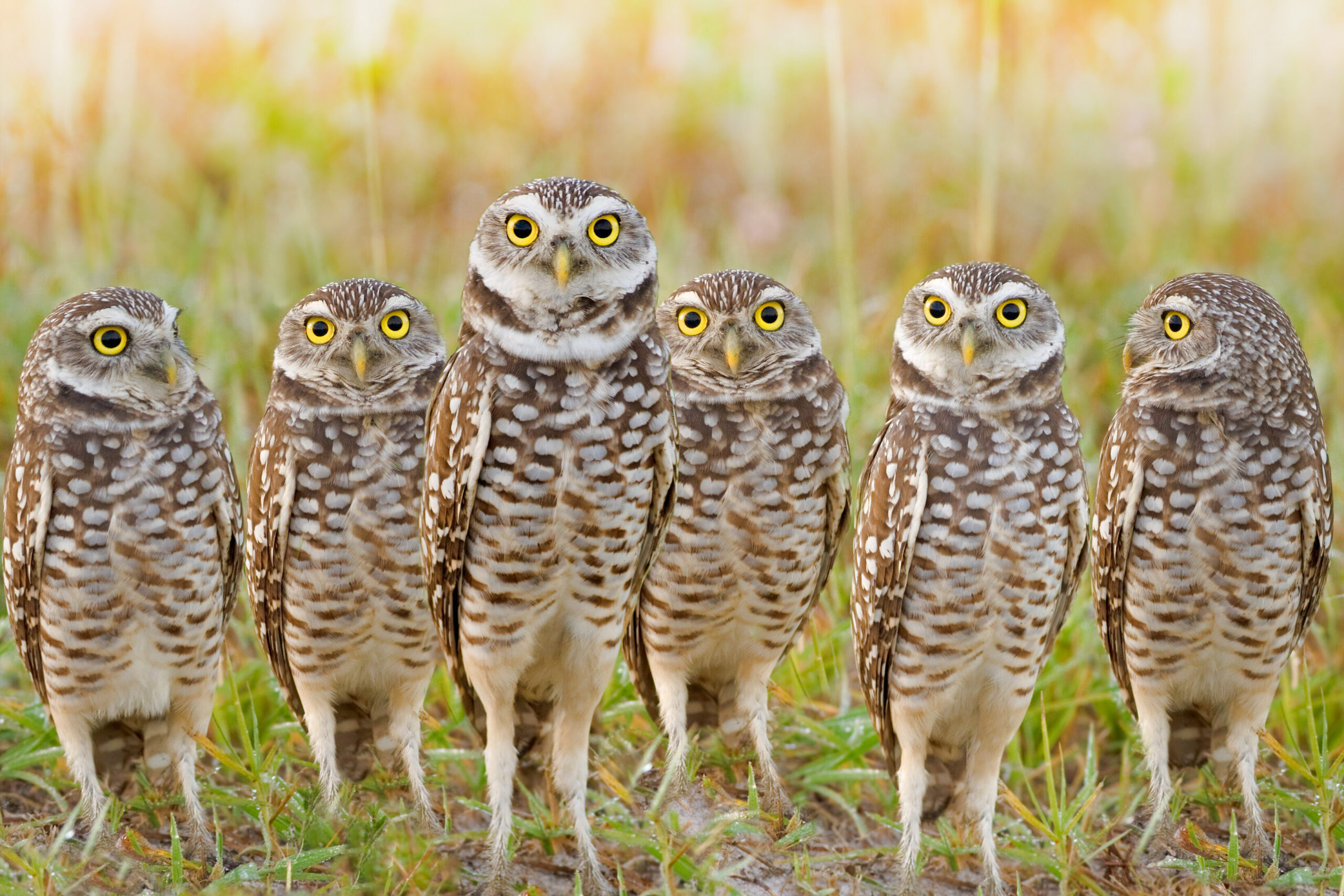
They may look wise, but owls have ruffled more than feathers in superstition circles. In many Western and African traditions, owls are seen as harbingers of death or misfortune. Their eerie nighttime calls and stealthy nature didn’t help their case. While some Native American tribes see them as protectors, others associate them with the spirit world. Their reputation as bad omens has stuck for generations, even though they’re just doing owl things. Source: US Bird History
4. Ladybugs – Lucky
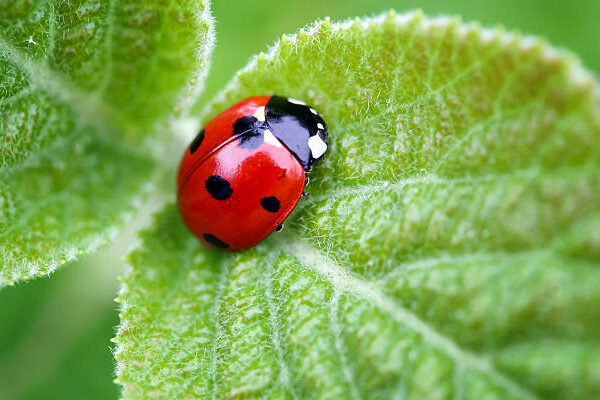
Few bugs get the kind of praise ladybugs do. With their bright red shells and charming polka dots, they’re often seen as mini good luck charms. In European folklore, spotting one meant wishes would come true or that good weather was on the way. Even farmers loved them, as they helped keep pests away. Their cheerful look and helpful habits made them a symbol of positivity and natural fortune through the ages. Source: South Carolina Aquarium
5. Crows – Unlucky

Smart, social, and mysterious, crows have always been wrapped in layers of meaning, mostly dark ones. Their black feathers and connection to death (they’re scavengers, after all) made them eerie figures in folklore. In many stories, seeing a crow meant bad news was coming. But while they’ve been cast as ominous, their intelligence and deep family bonds suggest there’s more to admire than fear. Still, old superstitions aren’t easy to shake.
6. Rabbits – Lucky
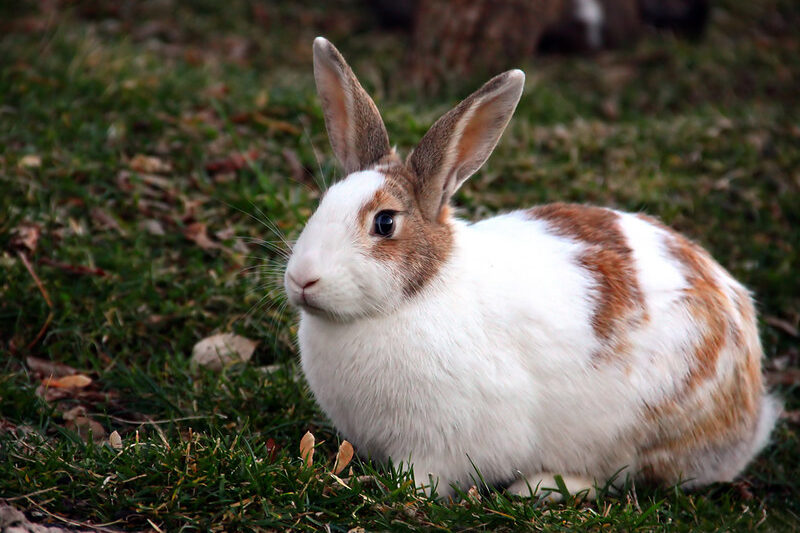
A rabbit’s foot might seem like an odd thing to carry, but it’s been a popular good luck charm for centuries. The belief dates back to Celtic tribes who thought rabbits had strong ties to the earth’s energy. Because they live in burrows, people thought they could communicate with the spirit world. Over time, the rabbit became a symbol of fertility, rebirth, and luck, especially if it was spotted hopping around in spring.
7. Bats – Unlucky

Blame it on vampire legends or Halloween decor, but bats have long been linked to fear and bad omens. Their association with the dark and the unknown made them targets of superstition. In some cultures, especially during the plague, bats were feared as disease-carriers. But in contrast, Chinese folklore actually sees them as symbols of happiness and long life. Like black cats, bats suffer from a bad PR problem more than anything else.
8. Goldfish – Lucky
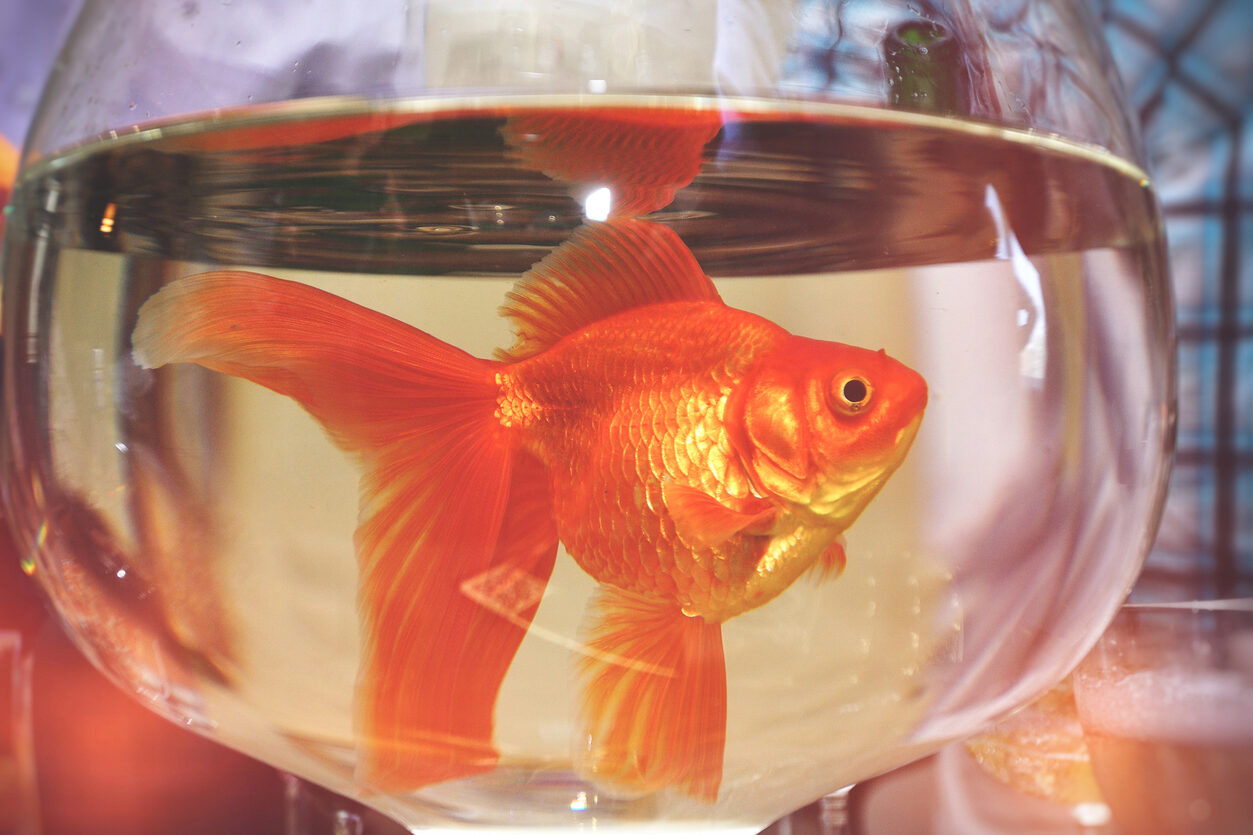
Peaceful and shimmering, goldfish have symbolized luck and abundance for centuries, especially in Asian cultures. In feng shui, they’re believed to attract wealth and positive energy, especially when kept in odd numbers. Ancient Chinese believed that the golden color represented prosperity, and the fish’s gentle movements brought calm and clarity. Over time, they became a staple in homes not just for beauty, but as quiet little luck magnets swimming in circles.
9. Goats – Unlucky
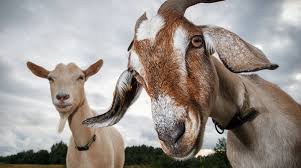
In various parts of the world, goats have drawn the short straw when it comes to superstition. In Christian folklore, they were sometimes associated with the devil. Even the term “scapegoat” comes from an old ritual of placing sins onto one and casting it out. Their eerie eyes and stubborn nature didn’t help their image. While they’re just quirky animals doing their thing, old stories have made them symbols of mischief or misfortune.
10. Frogs – Lucky
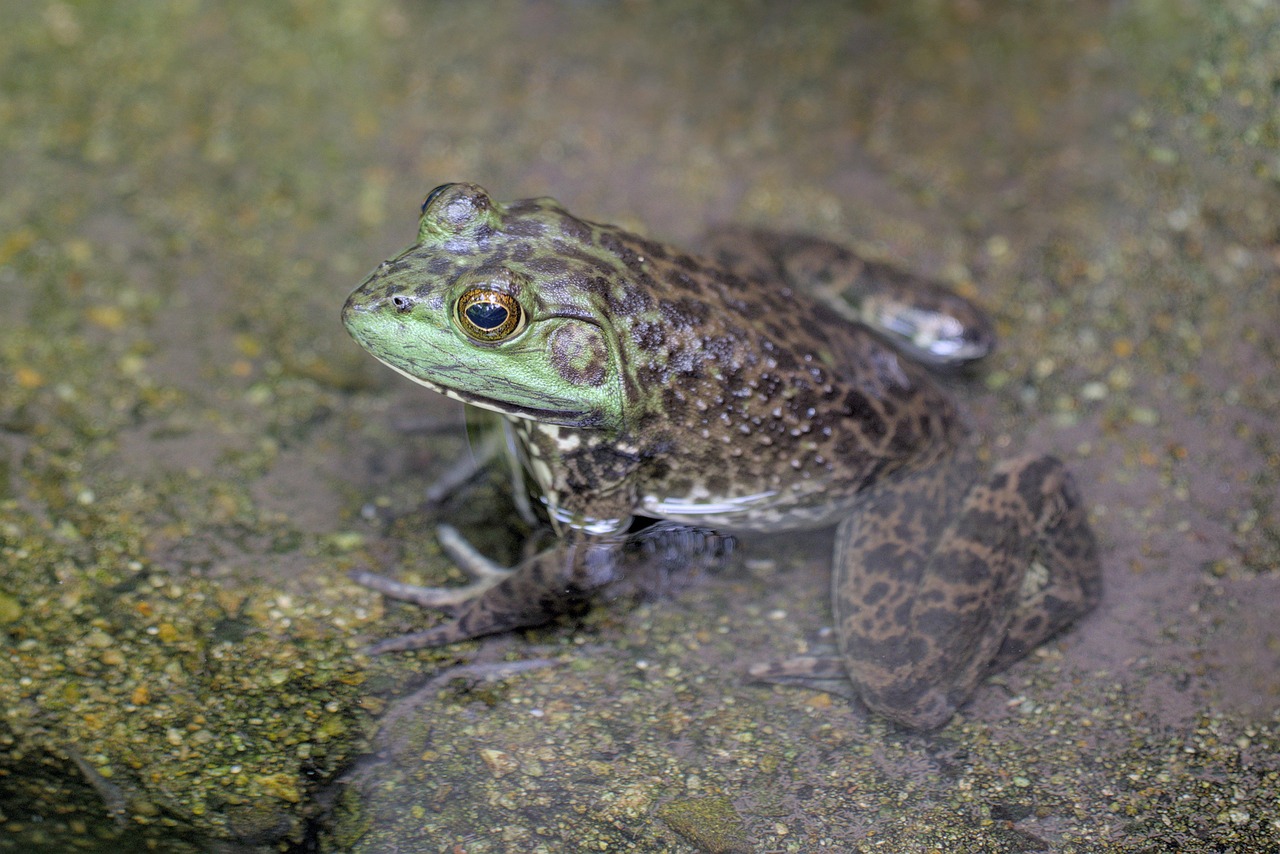
Frogs might not seem like lucky mascots, but in many cultures, they’re signs of transformation and renewal. In Japanese and Egyptian traditions, frogs are linked to wealth, fertility, and safe travel. Their life cycle, from tadpole to adult, mirrors growth and rebirth. Even in feng shui, the “money frog” is a popular charm. So while they may look slimy to some, frogs have leapt their way into the world of good luck.
Which animals have brought you luck or made you uneasy? Scroll down and share your superstitions or memories with us. Your story might just change how someone sees their next run-in with a crow or a cat.


